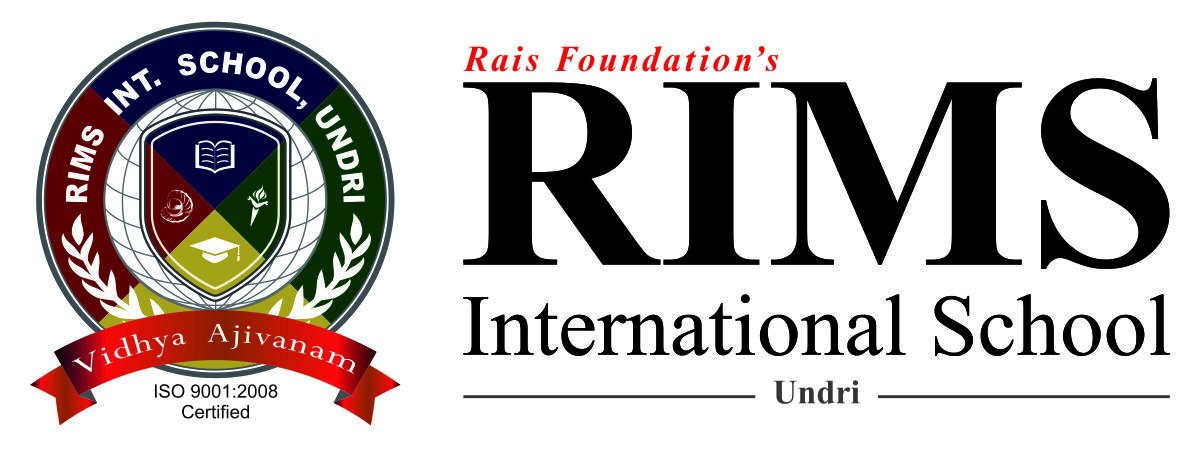The early years are considered the most crucial years of development. These years lay the foundation for students to turn into confident learners and well rounded personalities.
The specific objective of pre-school and pre-primary is to provide all necessary care and education to young children for their development through cognitive, linguistic, physical, social and emotional growth. This objective is met in a nourishing and inspiring environment.
The curriculum equips young children with the requisite numeracy and linguistic skills for entry into the formal learning arena. Varied pedagogical methods are used to bring the curriculum to life in the classrooms which makes learning fun for the little ones.
Linguistic Development
Maximum language development takes place during the initial years of learning.
The key, to help children optimize their language skills is to expose them to interesting things every day, which encourages them to express themselves through the following:
- Story telling
- Dramatization
- Picture reading
- Recitation
- Public Speaking
Physical Development
Children learn physical motor skills best through their everyday natural experiences. Gross and fine motor learning opportunities are integrated directly into various play activities.
Gross/ Large Motor Skills Development Activities
- Yogic exercises
- Taekwondo
- Running
- Jumping
- Sand Play
- Balancing
- Group Games
Fine Motor Skills Development Activities
- Clay Modeling
- Colouring
- Drawing
- Painting
- Collage Work
- Cutting
- Paper Folding
- Block building
- Sewing Toys
- Buttoning
- Stringing the beads and hooks
Social and Emotional Development
At this age children develop social and emotional skills that are imperative for interaction in and outside school.
Sensitivity to social and environment concerns are inculcated through activities and programmes which teach the children the basic etiquette and interpersonal communication skills in an informal scenario. This further leads to the development of finer social graces and fosters emotional intelligence.
A few of the activities that ensure the same are:
- The Helpers’ Week
- The Grandparents’ Day
- Teeny Weeny Fun Fair
- Educational Outings(Field Trips)
Aesthetic Development
Children have ample opportunities for aesthetic expression and appreciation through art and music. Children enjoy various forms of music, both with the classroom teacher and with a music specialist. They develop familiarity with the basic elements of music, such as melody, rhythm, pitch, tempo, beat, and harmony.
A variety of art media, such as watercolor, paint, and clay are available for creative expression of the children. They are exposed to the basic elements of art, like line, color and texture. Both music and art are woven into all aspects of the curriculum.
Evaluation and Assessment
No formal tests are held. Grading is done on the basis of a continuous comprehensive assessment. Teachers continuously assess and monitor student’s learning. Theme based assessments are carried out in various ways which include oral assessments, classroom interactions and activities etc.
